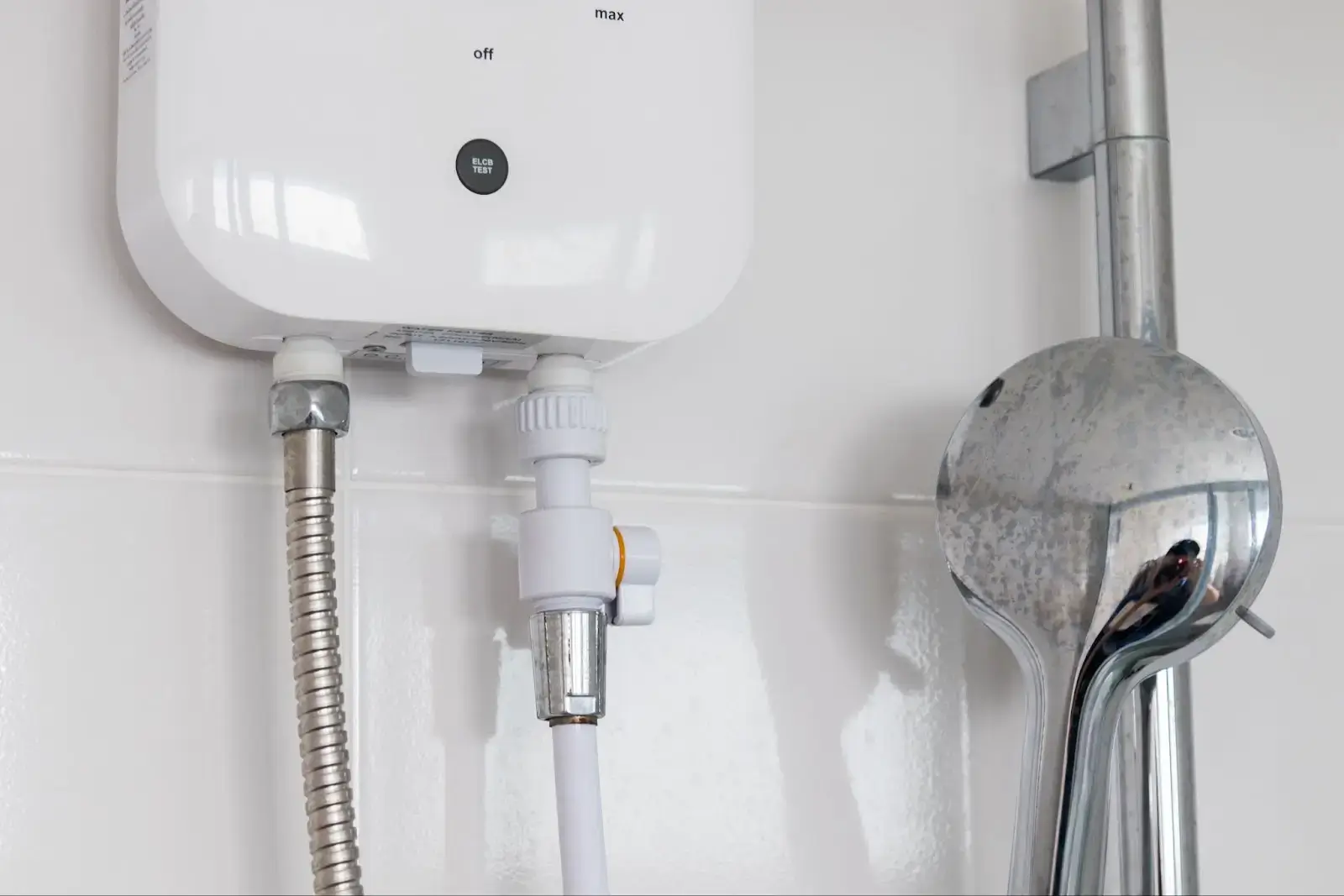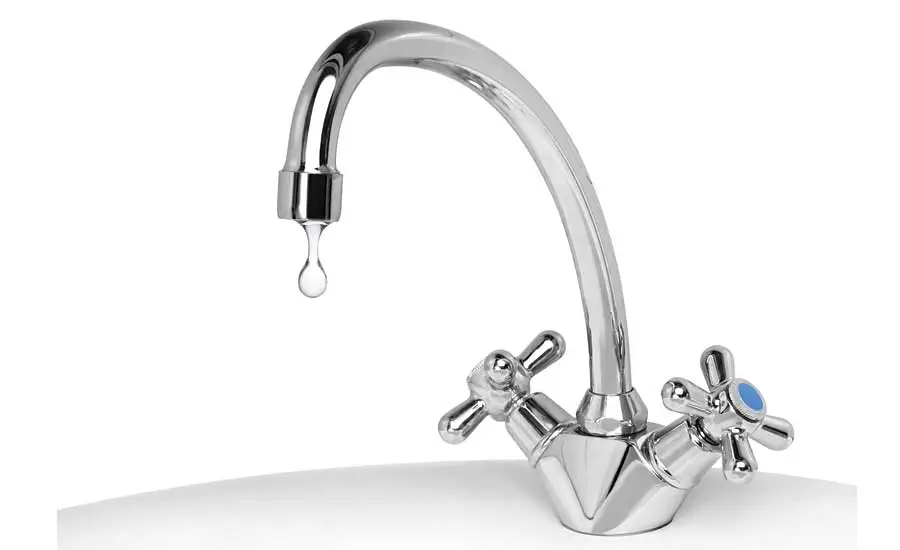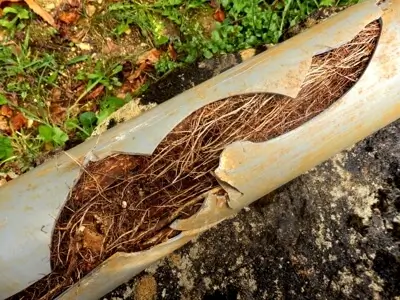Brace yourself; winter is coming. To brave freezing temperatures, you want to ensure your furnace provides your home with its optimal performance.
Your furnace pilot light won't stay lit through underlying issues. Still, a flickering furnace pilot light might only indicate a faulty thermocouple.
Don't worry. We'll help you get to the bottom of why your furnace pilot light may be malfunctioning. We will also discuss how to keep your pilot light lit without a visit from a qualified professional. If there are more grave issues to blame, we'll recommend technicians you can trust in Oregon.
Furnace Pilot Light Won't Stay Lit
The pilot light on your gas furnaces should look like a small flame. The flame is typically located behind an access panel at the end of a copper rod or the Thermocouple of a natural gas furnace, gas burner, and other gas appliances. Stable or well-regulated pilot lights are bluish with a bright orange or yellow tip.
The last thing you want is for your gas appliances to malfunction during wintertime. Your furnace's pilot light opening shouldn't be kept near or facing ventilation systems. A strong draft might blow the pilot flame out, hindering the regulated ignition of your furnace's gas supply through the pilot tube.
Still, malfunctions might be in store for you if your pilot light keeps going out.
The Purpose of Pilot Light Flame
The pilot light on your gas furnace is essential in keeping you comfortably warm through colder weather. While it can help indicate underlying issues, it isn't just there to serve as indicators.
A pilot light is part of your furnace's combustion process. A safety device regulates the ignition of the gas flowing through your furnace to ensure your family's safety while providing ambient heating.
Standing pilot lights stay lit to ignite enough gas from the Thermocouple to distribute heat around your home or water supply.
Possible Reasons Why Your Pilot Light Won't Stay Lit
Uneven heating may be thanks to compressed air pressures in your gas regulator. A faulty gas regulator can collect high-pressure air that may cause an interruption in your home's entire gas supply. A bad gas regulator can go from being a nuisance to a hazardous problem.
Unnecessary air pressure buildup can break through gas lines and pipes, leading to too much or insufficient gas, making it into the pilot tube for ignition. Whether too much or not enough gas is making it into pilot lights to stay lit is the least of your concerns.
A gas leak may seep into air vents and pose more risks.
Don't worry. Even older gas furnaces have a built-in safety mechanism that helps protect you against the dangers of too much gas making its way to your pilot light.
Thermocouple
The safety mechanism is also known as your furnace's flame sensor. It is a copper rod called the Thermocouple.
Thermocouple Detectors
The Thermocouple detects temperatures and prevents dangerous ignition of accumulated gas.
The standing pilot light stays lit, but a thermocouple can shut the pilot valve down with its dual metal junction that communicates through temperatures and voltages to turn the gas valve or pilot light into the off position, preventing excessive gas buildup from being lit.
The flame's inability to stay lit can be thanks to your Thermocouple's safety precautions against uneven gas pressure. While modern furnaces have added layers of fail-safe systems, a thermocouple is best kept clean. In these cases, they should overreact than underreact.
Your thermocouple and gas valve maintenance can help keep your gas burners safely lit.
How to clean a dirty thermocouple
You can clean the dirty pilot orifice of your older furnace with microfibre linen cloths and some fine grain sandpaper.
A good pilot tube cleaning should be enough to get your pilot light lit in no time.
Here's how you can do that.
Step 1
Turn the gas valve to its off-position. Opening ventilation systems are best done during this step.
Step 2
Remove any gaskets that may be covering the opening of the pilot light.
Use your phone's camera to peek inside the Thermocouple.
Step 3
Screw off the thermocouple or flame sensor. Some don't require any special tools to remove, but you should have a screwdriver handy in case.
*Remember to use rubber gloves before handling the gas valve, Thermocouple, and other sensitive sensors.
Step 4
Use fine grain sandpaper-like emery cloth to scrape off dust, rust, or condensation from residual gas that has hardened over time.
Wipe off any loose particles or leftover moisture with a microfibre cloth.
Step 5
Please get rid of leftover particles by giving them a quick and gentle shake before reattaching them to their place.
You can turn the gas valve back on and re-light the pilot light after securing the Thermocouple back into its position. Butane grill lighters work best to re-light your pilot light instead of lit matches.
While it should be working fine now, you should look for telltale signs through its newly ignited flame.
What Your Pilot Light Flame Is Trying to Tell You About Your Furnace
The different colors of the pilot light will tell you if any adjustments need to be made or if all the gas coursing through your furnace is hindered by a dirty pilot opening.
Discoloration and Other Telltale Signs
The color of the flame coming off the pilot orifice should tell you a few things like:
- Is the gas flowing sufficiently into the pilot light?
OR
- Are there any blockages hindering gas flow to the pilot light?
too blue
If the pilot light is entirely blue and strangely opaque, the gas valve may be switched too far into the on-position, causing excessive gas flow.
too strong
If the gas emissions from the pilot orifice are too strong, there should be a high-pressure hissing sound accompanying the flame.
The pilot light may also look more elongated than a lit match.
too yellow
If you have a bad gas regulator, a leak may hinder sufficient gas flow. Insufficient gas making it to the pilot light decreases temperatures.
Flames burning at lower temperatures appear more yellow or light orange than those burning at higher rates.
too mild
If the pilot light appears smaller or mimics one like a lit match, the current of the gas flowing through your pilot tube may be slower, indicating a blockage or malfunction in your gas regulator.
Be sure to inspect your standing pilot light now and again.
Fortunately, the standing pilot light stays lit, not just when the ignition is needed.
Older Models: Standing Pilot Light
Standing pilot lights often come with older furnace models and stay lit as long as the furnace runs. Don't mistake an intermittent ignition pilot light for a flickering standing pilot light.
You can avoid unwarranted panicking when your pilot light keeps flickering by looking into which kind you have during pilot light assembly.
If you know that you have a classic installment and your pilot light continues to flicker, it might be best to call in an HVAC professional.
Newer Models: Intermittent Ignition
Most modern furnaces also have intermittent ignitions that only ignite during heat mode when your natural gas appliances require higher temperatures.
A natural gas furnace may come with classic pilot light installations, but upgrades aren't out of the question. If you have pilot light issues, like struggles with staying lit, you can upgrade the pilot light.
However, if there are more costly replacements like a broken thermocouple, you should consider an upgrade by opting for a more current furnace.
Types of Furnaces
There are four types of furnaces:
- Natural gas furnace
- Electric furnace
- Oil furnace
- Propane furnace
Any furnace comes with a pilot light on the body of its main burner, but a gas furnace typically has a classic pilot light. Electric furnaces usually come with intermittent pilot lights aiding in their more energy-efficient processes.
Don't panic when the pilot light goes on and off, as it is typical for the main burner of an electric furnace.
The Furnace Issues Most Frequently Encountered By Users
If your pilot light goes on and off, it may not warrant a visit from the professionals.
However, recurring issues with flickering standing pilot lights, broken thermocouples, irregular gas flows, and gas regulator issues may indicate improper installations or poor system maintenance.
The Proper Maintenance of Your Furnace
Cleaning a pilot orifice can be done at home, but other issues require professional attention.
Your furnace should undergo an annual professional inspection and tune-up. You can keep your heating and cooling systems working properly for longer by keeping up with routine maintenance.
When It's Time to Call a Professional HVAC Technician
If you neglect to maintain your systems, the pilot light won't stay lit for shallow reasons.
Underlying safety hazards may be lingering within your furnace. Enlist the help of a qualified professional for yearly maintenance work or if you smell gas, suspect a leak, and hear unusual noises.
An HVAC Professional in Oregon you can trust: Sunset Heating & Cooling electrical
If you need a reliable team offering affordable yet quality furnace repair or furnace replacement services, you don't need to look any further than Oregon's state lines.
Sunset Heating & Cooling Electrical offers various HVAC services you can trust. We can help you find the right home heating systems and ensure stable quality heating all year round.
Call our hotline if you have any urgent concerns requiring immediate attention.







